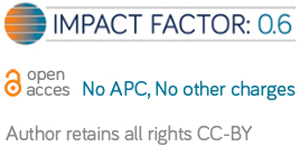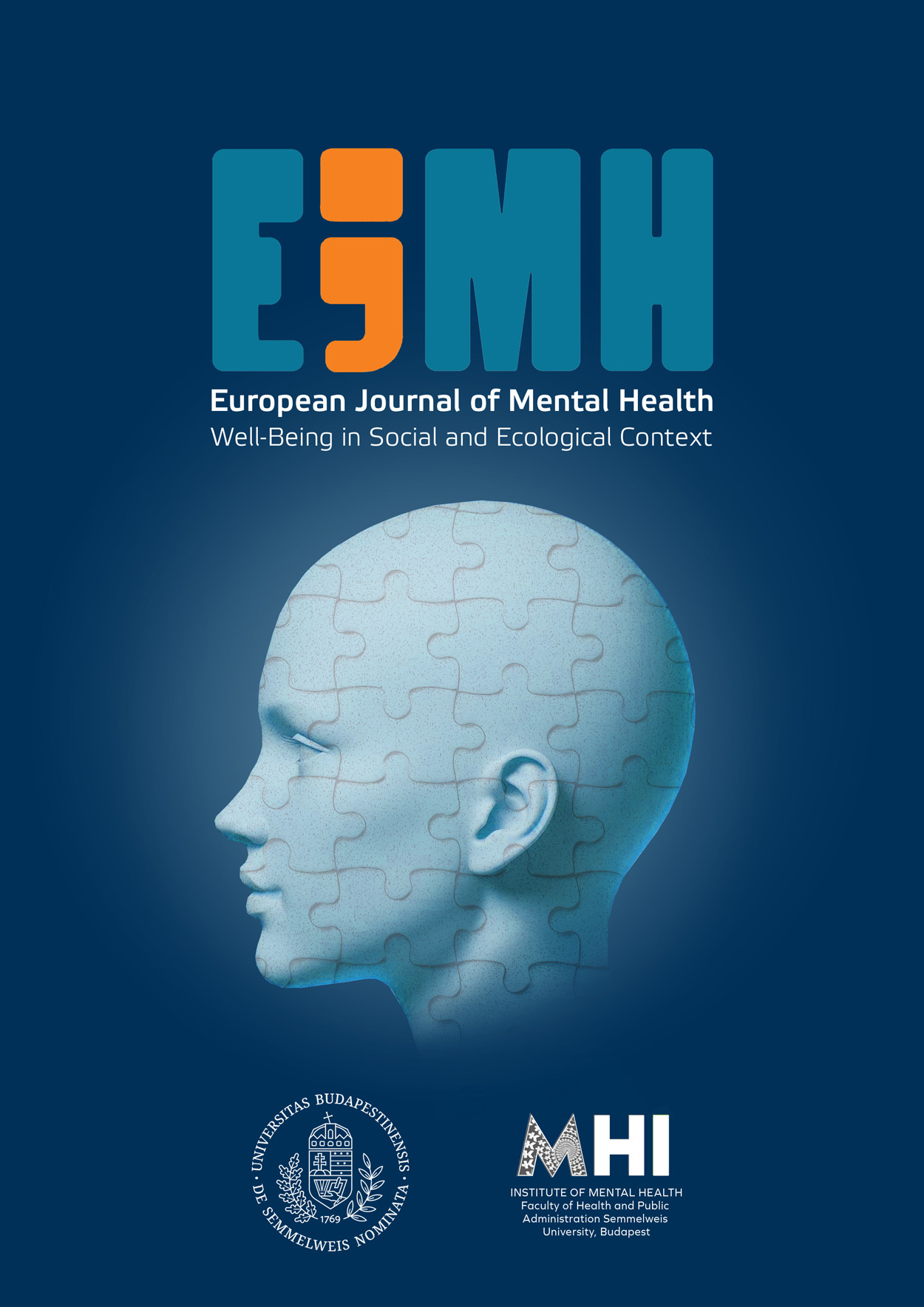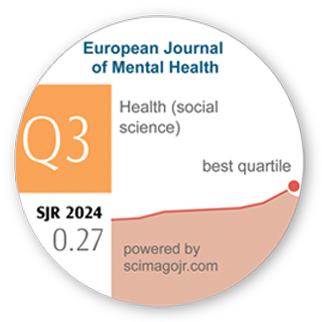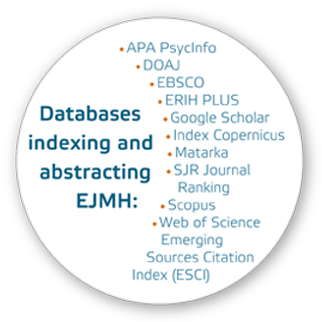Opportunities and Specifics Underlying Day Care for Older Adults in Hungary with Consideration of Active Ageing
DOI:
https://doi.org/10.5708/EJMH.15.2020.1.3Keywords:
demographic change, ageing, community based social services, active ageing, day care for elderly peopleAbstract
In the past few decades, ageing has become a serious global issue. The concept of active aging and its incorporation into different type of social services (e.g. day care for elderly people) is one of the possible solutions. The main goal of this research was to evaluate the status of clients in Hungarian day care institutions. Another important goal is to explore which domains of the concept of active and independent ageing were already considered and applied in Hungarian day care service and where they should be strengthened. The questionnaire was based on the Active Ageing Index questionnaire (ZAIDI et al. 2013). 14% of the observed sample was 64 years old or younger, 38% was 65–74 years old, 36% was 75–84 years old, 12% was 85 years old or older. Most of the participants (74%) were women. More than half of the sample were widowed. One third of the sample received some kind of ICT (Information and Communication Technology) device. There was a strong connection between the frequency of ICT usage and education variables. Accessibility, which was also a facilitator of active and independent ageing, came up only in 25% of the sample. Mental well-being – as a new variable – was analyzed with principle component analysis from five former variables with the highest rate in the Central Hungarian region. Satisfying physical security was reported by only 56% of the sample, more often among men (p = 0.03). Reinforcing the preventive aspect of the service, propagating it amongst freshly retired people, and including not only widows, but other potential clients as well could be the key points of service development. To intensify the potential points in the service connected to active ageing (accessibility, volunteering in late-life, use of ICT devices etc.) could be a key factor in the improvement of day care services..Downloads
Published
2020-06-15
Issue
Section
Articles
How to Cite
Opportunities and Specifics Underlying Day Care for Older Adults in Hungary with Consideration of Active Ageing. (2020). European Journal of Mental Health, 15(1), 38-55. https://doi.org/10.5708/EJMH.15.2020.1.3






